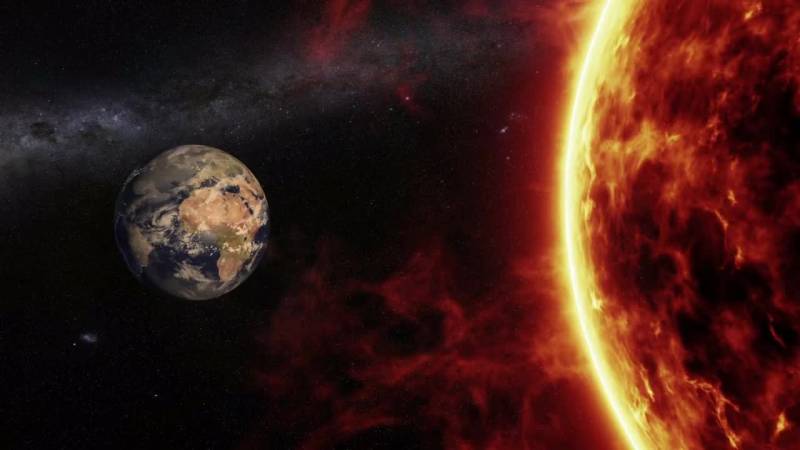Earth to be closest to sun on Jan 5th
By Newsmeter Network
This Sunday, the Earth will be at the closest point to the sun in its annual elliptical orbit. Another celestial activity, which may come as double delight for the enthusiasts, is ‘meteor showers’, commonly known as shooting stars occurring on the same day.
The phenomenon, astronomically known as ‘perihelion’, is when earth’s distance from sun is 14.70 lakh km, the closest in its elliptical orbit. The event cannot be observed by human eye. However, it is of importance as many have misconceptions about weather.
It is a general perception that the distance of earth from sun decides the season or temperatures. However, this is a mistaken notion.
“Actually axial tilt (approximately-23.5 degrees) of earth on its axis while revolving around sun regulates seasons on earth with one of the hemisphere facing away or towards the sun”, said Raghunandan Kumar, Director and founder-Secretary of Planetary society- India
Experts rule out that rising temperatures depend on the distance between the earth and sun.
The director further adds, ‘It is to note that when Earth is closest to sun at the beginning of 2020, it is cold in India.
How can you view
On 4, 5, 6 January celestial watchers can spot shooting stars from 3 am onwards when the moon is set in the west. If one looks at the area between East and North East direction, they will spot few bright streaks of light zipping across the sky everyhour.
Importantly telescope or any kind special of measure are needed to observe. “Beginning from December 28, meteor shower have been visible in morning skies. This shower (ulka patham in Telugu/उल्का स्नान) known as Quadrandtids Meteor Shower will be at peak on Saturday . Sky Enthusiasts can use this opportunity to find first Meteor Showers of the Year among dozen others in coming months”, adds Mr. Raghunandhan.